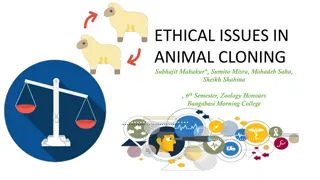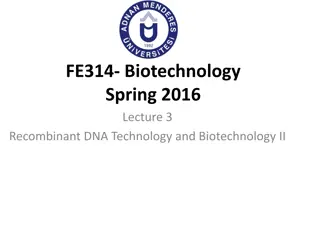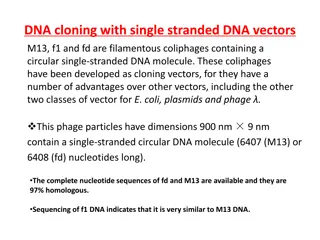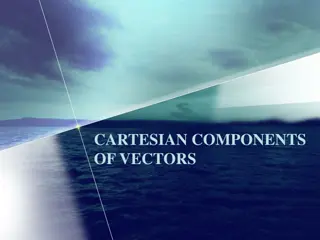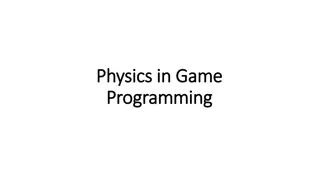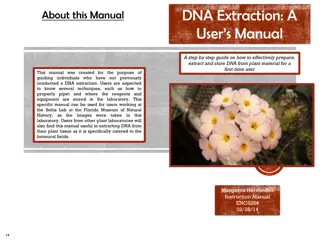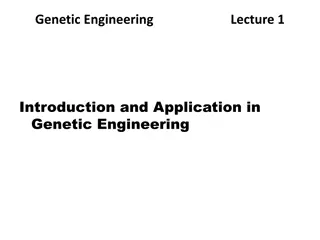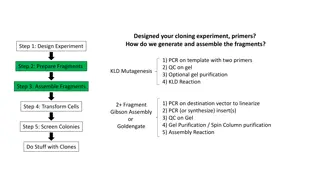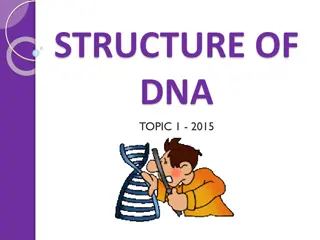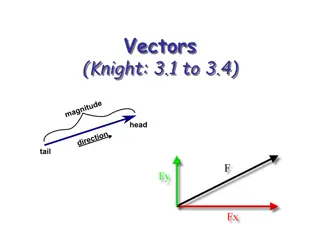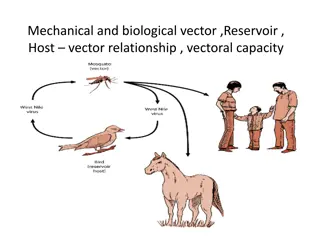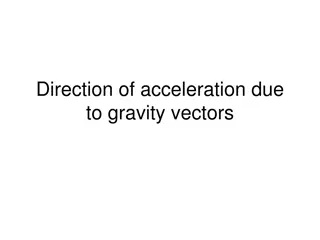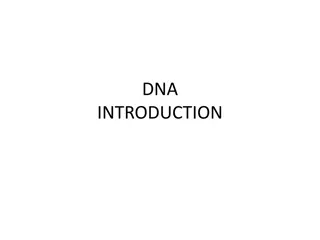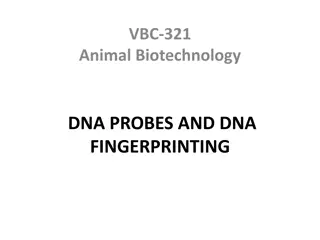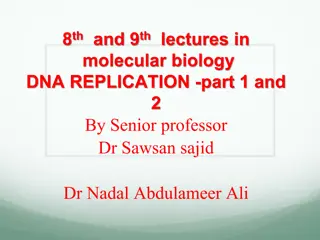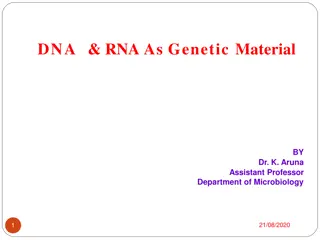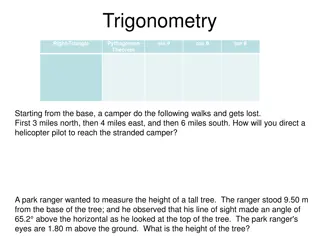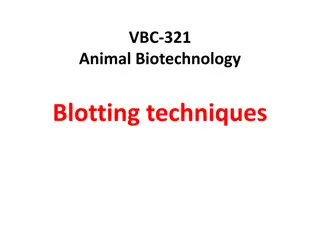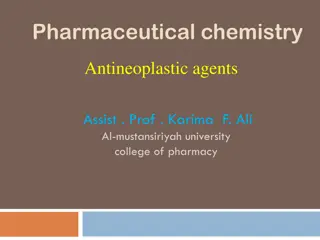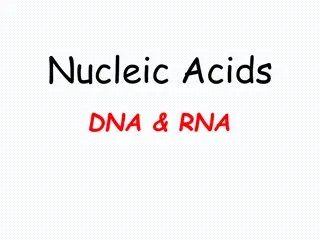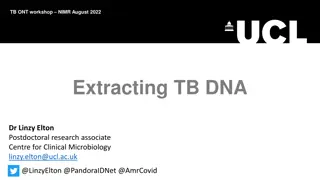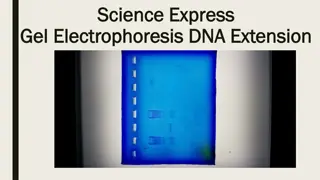Understanding Cloning Vectors and Recombinant DNA Technology
Genetics Engineering Lecture-2 delves into the concept and basic steps of recombinant DNA technology and gene cloning, highlighting different types of cloning vectors like plasmids, bacteriophages, bacterial artificial chromosomes, yeast artificial chromosomes, and mammalian artificial chromosomes. The common features of vectors and the role of plasmids, bacteriophages, and bacterial artificial chromosomes in gene cloning are discussed in detail.
Download Presentation

Please find below an Image/Link to download the presentation.
The content on the website is provided AS IS for your information and personal use only. It may not be sold, licensed, or shared on other websites without obtaining consent from the author. Download presentation by click this link. If you encounter any issues during the download, it is possible that the publisher has removed the file from their server.
E N D
Presentation Transcript
Genetics Engineering Lecture-2 Concept and basic steps in recombinant DNA technology and gene cloning -1-
Cloning Vectors: DNA molecule which is able to replicate several time in its self when a foreign DNA is integrated and produces a plenty copy of the recombinant DNA. Types of vectors: 1- Plamid. 2- Bacteriophages. 3-Bacterial artificial chromosomes. 4-Yeast artificial chromosomes. 5-Mammalian artificial chromosomes.
Common Feature of Vectors: 1- Self-replicating inside host cell. 2- Should have unique restriction sites for restriction enzymes. 3- Should contain some marker gene for instance: an antibiotic resistance gene that is absent in the host cell. 4- Should be easily isolated from host cell.
Plasmid: Is an extra chromosomal circular double stranded DNA replicating elements present in bacterial cells. Shows the size ranging from 5.0 kb to 400 kb. Is inserted into bacterial calls by a process called transformation. 10 kb DNA fragment Can be inserted into the plasmid. Generally plasmid vectors carry a marker gene which is mostly a gene for antibiotic resistance; thereby making any cell that contains the plasmid will grow in presence of the selectable corresponding antibiotic supplied in the media.
Origin of replication Promoter site Antibiotic Resistance gene Multiple Cloning size
Bacteriophages: Is the viruses that infect bacteria. They are not able to infect eukaryotic cell. Bacteriophages have a very high significant mechanism for delivering its genome into bacterial cell. So, it can be used as a cloning vector to deliver larger DNA segments. Using bacteriophage as a vector, a DNA fragment of size up to 20 kb can be transformed.
Bacterial artificial chromosomes (BACs). BACs are simple plasmid which is designed to clone very large DNA fragments ranging in size from 75 to 300 kb. They have marker such as antibiotic resistance genes and a very stable origin of replication (ori) that promotes the distribution of plasmid after bacterial cell division and maintaining the plasmid copy number to one or two per cell. They also used in sequencing the genome of organisms in genome projects
Yeast artificial chromosomes: YACs are yeast expression vectors. A very large DNA fragments whose sizes ranging from 100 kb to 3000 kb can be cloned using YACs. Mostly YACs are used for cloning very large DNA fragments. YACs have an advantage over BACs in expressing eukaryotic proteins that require post translational modifications. YACs tend to produce chimeric effects which make them less stable compared to BACs. Chimeric is an organism composed of two or more different populations of genetically distinct cells that originated from different zygote.
YAC VS BAC BAC vectors are DNA constructs that are used for cloning DNA in bacteria. The length of inserted gene 75-300 kbp can be inserted into the BAC vectors. They dont show chimerism. Bacterial machinery does not have post- translational mechanism. More stable. YAC vectors are DNA constructs that are used for cloning DNA in yeasts. The length of inserted gene 100-3000 kbp can be inserted in these vectors. They often show chimerism. Yeast machinery has post-translational mechanisms that are useful in the expression of eukaryotic proteins. Less stable.
Mammalian artificial chromosomes MACs: MACs are still under development. MACs are microchromosomes that can act as a new chromosome in a population of human cells . MACs range in size from 6 to 10 Mb that carry new genes introduced by human researchers. MACs can be used as vectors in transfer of new genes, studying their expression and mammalian chromosomal function can also be elucidated using these microchrosomes in mammalian system.
Good to read Formation of de novo centromeres and construction of first- generation human artificial microchromosomes




